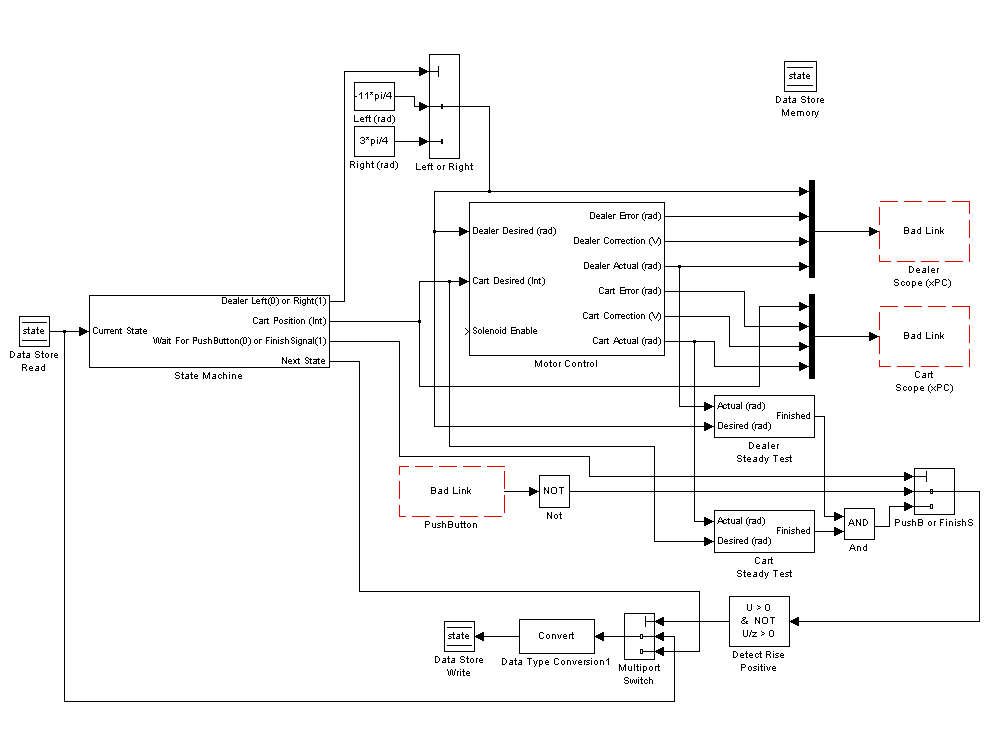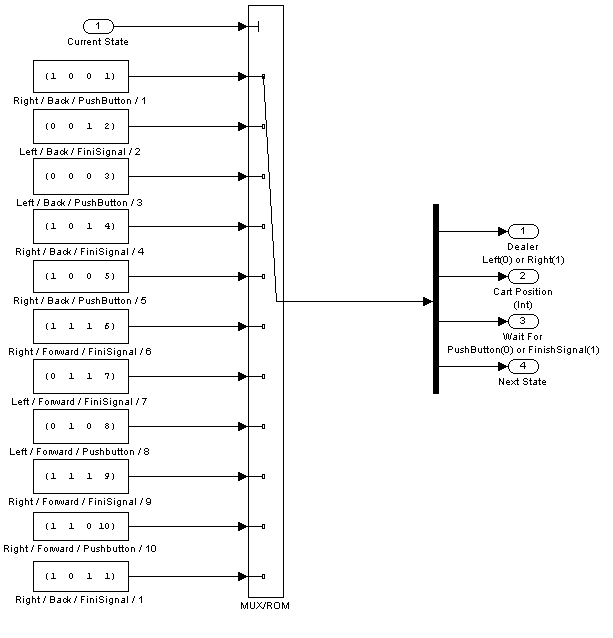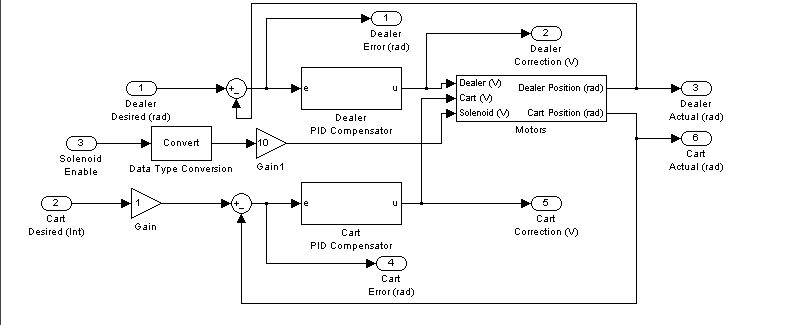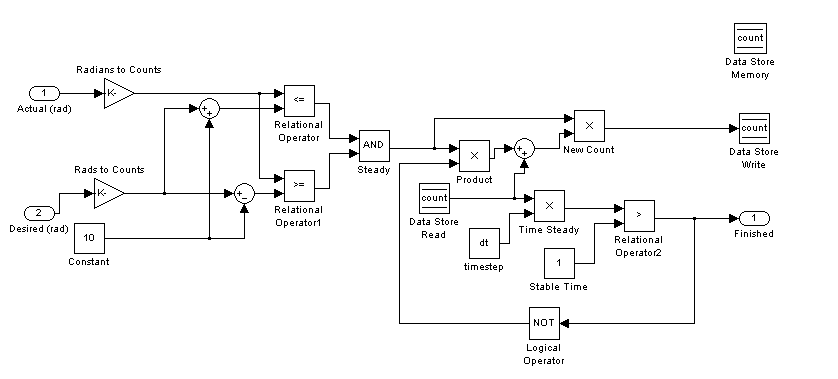The :CueCat was a barcode scanner manufactured by vendors of RadioShack Corporation in the early 2000's. The product and associated intellectual property would instantly and directly link product UPC, EAN, ISBN as well as the unique :CRQ Cue codes to their appropriate web sites. Usually these were to links buried deeply within a site which could be further targeted demographically or geographically. The unique Cue code The unique Cue codes were placed within traditional media content and some advertisements in publications like Wired Magazine, Forbes and its specialty magazines, Parade Magazine and several daily newspapers. Product Cues were also placed in many catalogs to facilitate instant e-commerce shopping and the automation of wish lists. As you can imagine, this technology could eliminate search with "laser beam" accuracy.
The "tethered" Cue:Cat was just the beginning of the story. Portable scanners like the one manufactured by Cross as a pen, and a keychain scanner were ultimately cost-reduced and readied for deployment. This "store and forward" or "bookmark life" concept was just beginning as the dot-com crash and advertising money around it started to crumble. Today, everyone with a mobile camera phone has the potential to read barcodes, thus negating the need for a separate scanning device that DigitalConvergnce had produced to achieve the ultimate goal of linking the physical world to virtual space.
UPC Code Since January of 2002, the database servers which provided this machine-readable code to Internet URL linking are no longer in operation. The desktop client, which requires a registration code, is no longer supported, nor can these codes be generated for the Windows PC or Apple OS-X software.
The weak encryption from the Cue Cat, put in place to protect the company under DCMA laws, can be circumvented via instructions that can be found on the Internet. Many third party book, CD, DVD, video game and other media home inventory and web applications can even accept the obfuscated output and convert it to the original code format. If you are looking for the rare USB or popular PS/2 keyboard wedge CueCat, they can be found inexpensively through many websites online.




